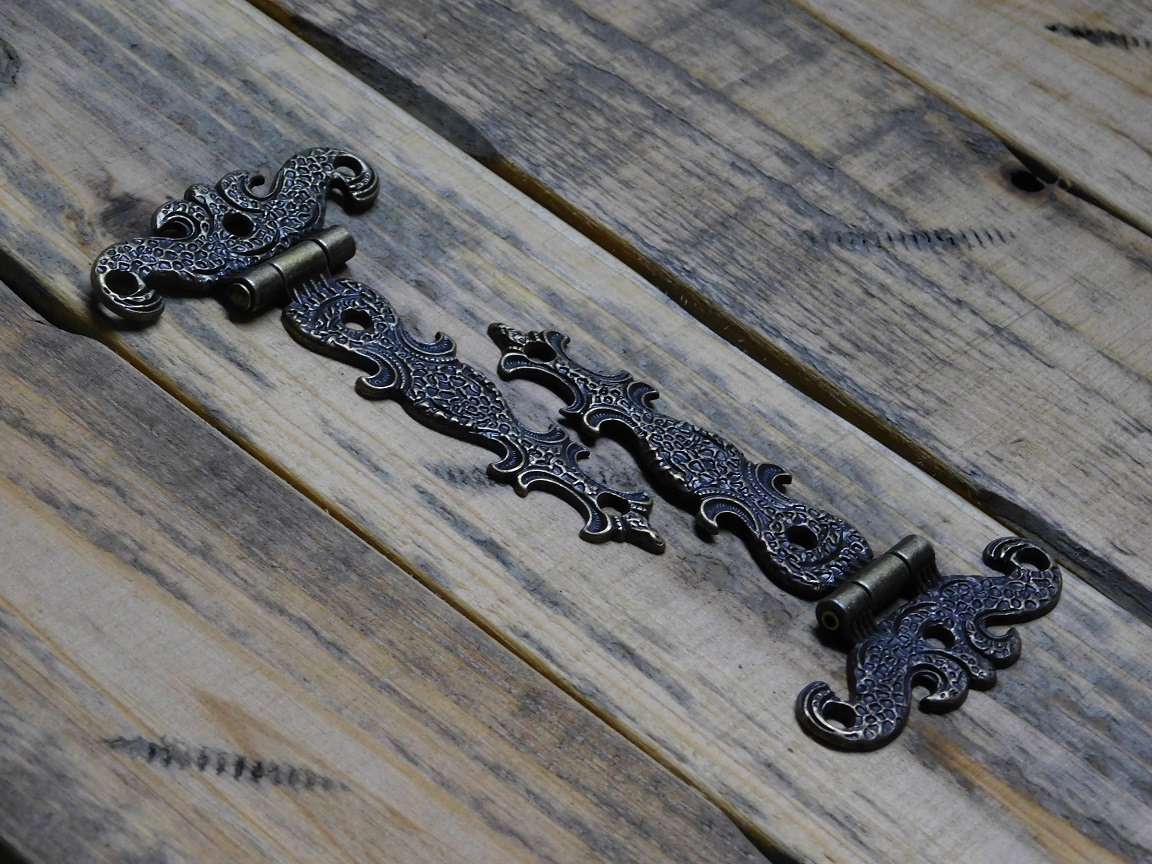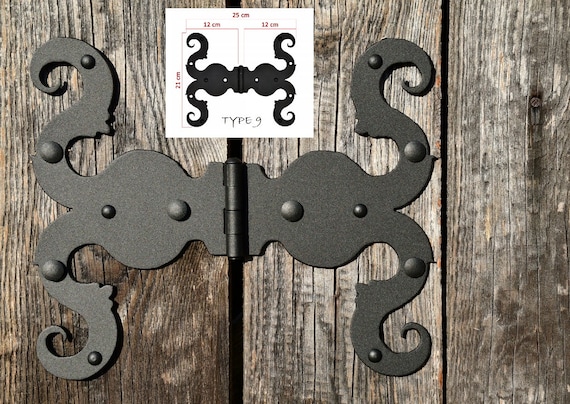Introduction to Decorative Furniture Hinges
If you’re looking to add a touch of elegance to your furniture, decorative furniture hinges could be the perfect solution. Not only do they serve a functional purpose, but they also contribute significantly to the aesthetics of your furniture. In this guide, I’ll share my personal experiences and insights into the world of decorative hinges, helping you make informed choices to elevate your decor.
What Are Decorative Furniture Hinges?
Decorative furniture hinges are hardware pieces used on cabinets, doors, and other furniture items to allow for smooth opening and closing while adding a stylish element. They come in various shapes, sizes, and finishes, allowing you to choose the perfect design that complements your furniture’s overall style.
Types of Decorative Furniture Hinges
1. Butt Hinges
Butt hinges are the most common type, composed of two plates joined by a pin. They are usually mounted on the edge of the door or cabinet.
2. Continuous Hinges
Also known as piano hinges, continuous hinges run the entire length of the door or cabinet, providing extra support and durability.

3. Concealed Hinges
Concealed hinges are hidden from view when the door is closed, offering a sleek, modern look. They are often used in contemporary furniture designs.
4. Decorative Strap Hinges
These hinges feature long, strap-like arms that extend out from the cabinet or door, often used in rustic or traditional designs.

5. Specialty Hinges
Specialty hinges include various unique designs such as butterfly hinges, pivot hinges, and more, which can cater to specific aesthetic or functional needs.
Choosing the Right Decorative Furniture Hinges
When selecting decorative hinges, consider the following factors:
- Style: Choose a hinge style that complements your furniture design.
- Material: Common materials include brass, stainless steel, and wrought iron, each offering different aesthetic appeals and durability levels.
- Finish: Options range from polished to aged, matte to shiny.
- Weight Capacity: Ensure the hinges can support the weight of your doors or lids.
- Size: Measure the hinge space accurately to find the correct size.

Installation Guide for Decorative Furniture Hinges
Installing decorative hinges can be a rewarding DIY project. Follow these steps for successful installation:
Tools and Materials Needed
- Decorative hinges
- Screwdriver
- Drill
- Measuring tape
- Pencil
- Wood glue (optional)

Step-by-Step Installation Process
- Measure and Mark: Determine where the hinges will be placed and mark the drill holes.
- Drill Holes: Carefully drill holes in the marked positions.
- Attach Hinges: Place the hinge in position and screw it in place. Ensure it is level.
- Repeat: Attach the other side of the hinge to the corresponding door or cabinet.
- Test Functionality: Open and close the door or lid to ensure smooth operation.
Pros and Cons of Decorative Furniture Hinges
| Pros | Cons |
|---|---|
| Enhances visual appeal | Can be more expensive than standard hinges |
| Variety of styles and finishes | May require more maintenance depending on material |
| Improves functionality | Installation can be complex for some designs |

Comparison of Popular Decorative Hinge Styles
| Hinge Type | Material | Best Used For | Price Range |
|---|---|---|---|
| Butt Hinges | Brass, Stainless Steel | Cabinets, Doors | Low |
| Continuous Hinges | Stainless Steel | Heavy Doors | Medium |
| Concealed Hinges | Steel, Zinc | Modern Furniture | Low to Medium |
| Strap Hinges | Wrought Iron | Rustic Furniture | Medium to High |
| Decorative Specialty Hinges | Varied | Unique Designs | Medium to High |
Maintenance Tips for Decorative Furniture Hinges
To keep your decorative hinges looking great and functioning well, follow these maintenance tips:
- Clean Regularly: Use a soft cloth and mild detergent to clean the hinges.
- Inspect for Rust: For metal hinges, check for rust and treat it immediately.
- Lubricate: Apply a few drops of lubricant to the hinge pin to maintain smooth operation.
- Tighten Screws: Regularly check and tighten screws as needed to ensure stability.

Personal Experience: Transforming My Space with Decorative Hinges
When I decided to renovate my home office, I knew that every detail mattered. I stumbled upon decorative furniture hinges while browsing an online store, and it sparked a whole new design idea. I opted for brass butt hinges for my wooden cabinets, which added a touch of sophistication. The installation was straightforward, and I loved how they transformed the space, giving it a vintage yet professional look. I encourage you to explore different hinge options for your furniture—small changes can lead to significant transformations!
Frequently Asked Questions (FAQs)

1. What are the best materials for decorative furniture hinges?
The best materials for decorative hinges include brass for a classic look, stainless steel for durability, and wrought iron for a rustic appeal.
2. How do I choose the right size hinge for my furniture?
Measure the thickness of your door or lid and choose a hinge that fits within that measurement, allowing for proper alignment and functionality.
3. Can I paint or customize decorative hinges?
Yes, many decorative hinges can be painted or customized to match your furniture’s color scheme, although it’s essential to use paint designed for metal.
4. Are decorative hinges suitable for outdoor use?
It depends on the material. Stainless steel and certain coated materials can withstand outdoor elements, while others may not be as durable.
5. How often should I maintain my decorative hinges?
Inspect and clean your decorative hinges every few months or as needed to ensure they remain functional and visually appealing.